Trees do not have the ability to replace or repair damaged tissues, but rather seal wounds by growing fresh tissue on top. This prevents further damage from insects or diseases. Once the tree starts to break down, the process cannot be reversed. In order to survive, trees must overcome their wounds.
But they don't technically heal their wounds, at least not in the way human and animal bodies repair, restore, or replace damaged cells or tissues. The trees are constructed in layers of cells that are joined by rigid walls in a modular and compartmentalized way. This structure dictates your response to the wound. When a tree is injured, the injured tissue is not repaired and does not heal.
Trees don't heal, they get sealed. If you notice an old wound, you will notice that it does not “heal from the inside out”, but eventually the tree covers the opening forming specialized “callous” tissue around the edges of the wound. After the wound, the new wood that grows around the wound forms a protective boundary that prevents infection or decay from spreading to the new tissue. Therefore, the tree responds to the lesion by “compartmentalizing or isolating older injured tissue with the gradual growth of new, healthy tissue.”.
There are many types of wounds on the logs and most of them heal on their own. The good news is that a tree has the incredible ability to seal or compartmentalize most wounds. Even so, when a tree trunk is injured, the injury becomes a pathway for disease, insects and decay. This situation can be repeated many times over the life of an individual tree, so a long-term plan for tree care is essential for the continued health of your trees.
Trees don't heal wounds like other living organisms do, they seal them. As trees cannot replace damaged tissue, they have developed a clever way to treat life-threatening wounds. Through a process called compartmentalization, a tree seals damaged or diseased areas by forming walls around it, which literally enclose it, allowing the tree to grow around it and flourish. Once a wound occurs, the fungi that cause tooth decay can enter the heartwood and the process of decay begins.
The wood around the wound begins to produce special compounds in the cells of the wood that establish a wall or barrier to isolate the infected area. In a vigorous tree, new shoots continue to form and add to healthy wood. Once compartmentalized, discoloration and decay will not spread any further unless one of the barriers is broken. In addition, the tree will need all its resources to recover from the stress of storm damage.
Putting the top of the tree would reduce the amount of foliage, on which the tree depends to get the food and nutrients needed to grow back. A tree in the crown that has already been heavily damaged by storms is more likely to die than to repair itself. At best, your recovery will be delayed and you will almost never recover your original shape or beauty. In many cases, there is no need to do anything.
Trees have a natural defense against injuries and injuries. While the wounds will always remain on the tree, they will seal on their own to prevent further decay, forming what is called a callus. Figure 2Although the tree has been damaged, there may be enough strong branches left on a basically healthy tree to save it. Find a ProfessionalMake sure you always hire an insured tree care professional, preferably an ISA-certified arborist with the experience, knowledge and equipment to provide proper tree care.
Some trees may never completely close their wounds due to their genetic capacity or perhaps inadequate resources to keep the tree vigorous. Proper pruning practice and understanding tree wounds can minimize the impact of creating wounds on trees. Another easy way to find a tree care provider in your area is to use the “Locate Your Local Tree Care Industry Association Member Companies” program. Tree owners and managers need to prune trees to maintain aesthetic characteristics, remove infected branches, reduce risk, or improve structural stability.
I have been an arborist in charlotte, NC for years and have owned my own Charlotte NC tree service for quite some time now, and caring for trees has been more of my job description than just removing them. Diseases affecting trees introduce enzymes into cells, digest living tissue responsible for translocation of food and water (phloem and xylem) or structural support, resulting in unhealthy, unsightly or unsafe trees. This fact sheet discusses the responses of trees to injuries and what can be done after the injury to keep the tree healthy. If the tree has already been weakened by disease, the trunk is split or more than 50 percent of the crown has disappeared, the tree has lost its survival edge (Figures 4, 5 and.
In fact, tree wound sealants and tree wound dressings can interfere with the tree's natural healing ability, making it difficult to form life-saving calluses and helping prevent tooth decay or disease. Homeowners involuntarily kill a tree when they remove the roots from the surface to make it easier to cut the lawn or allow the soil under a tree to compact when driving over it. . .
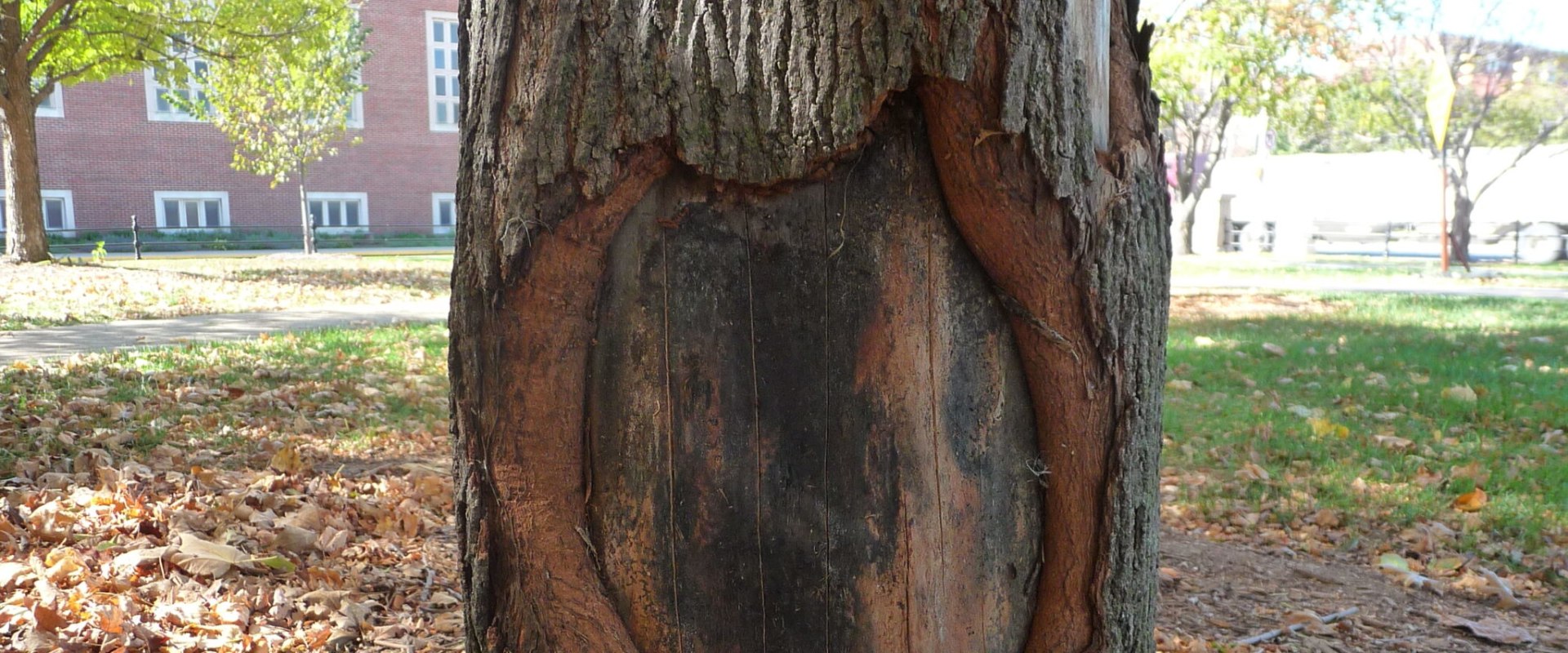
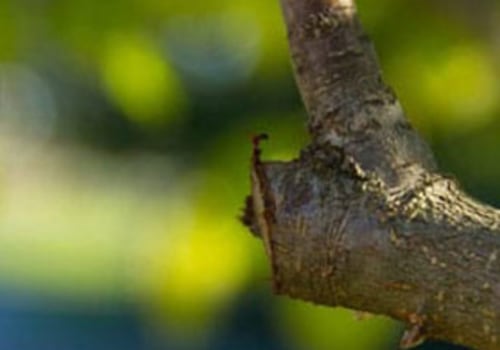
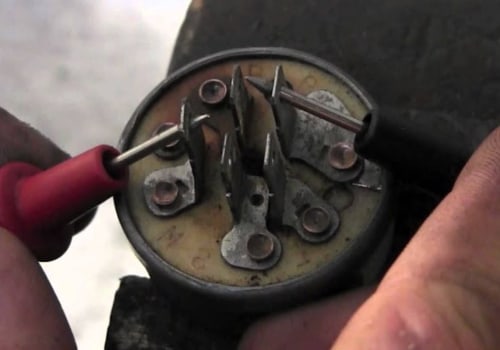
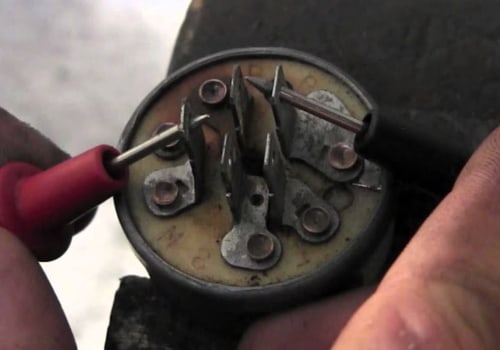
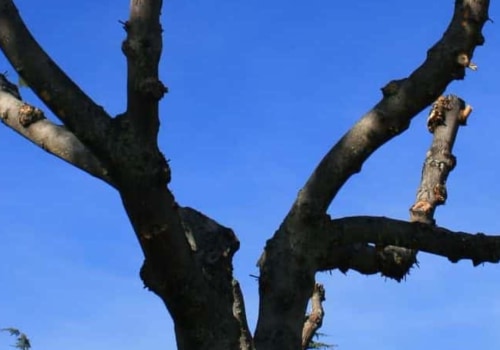
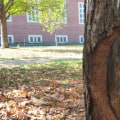

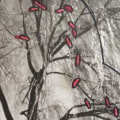
Leave Reply